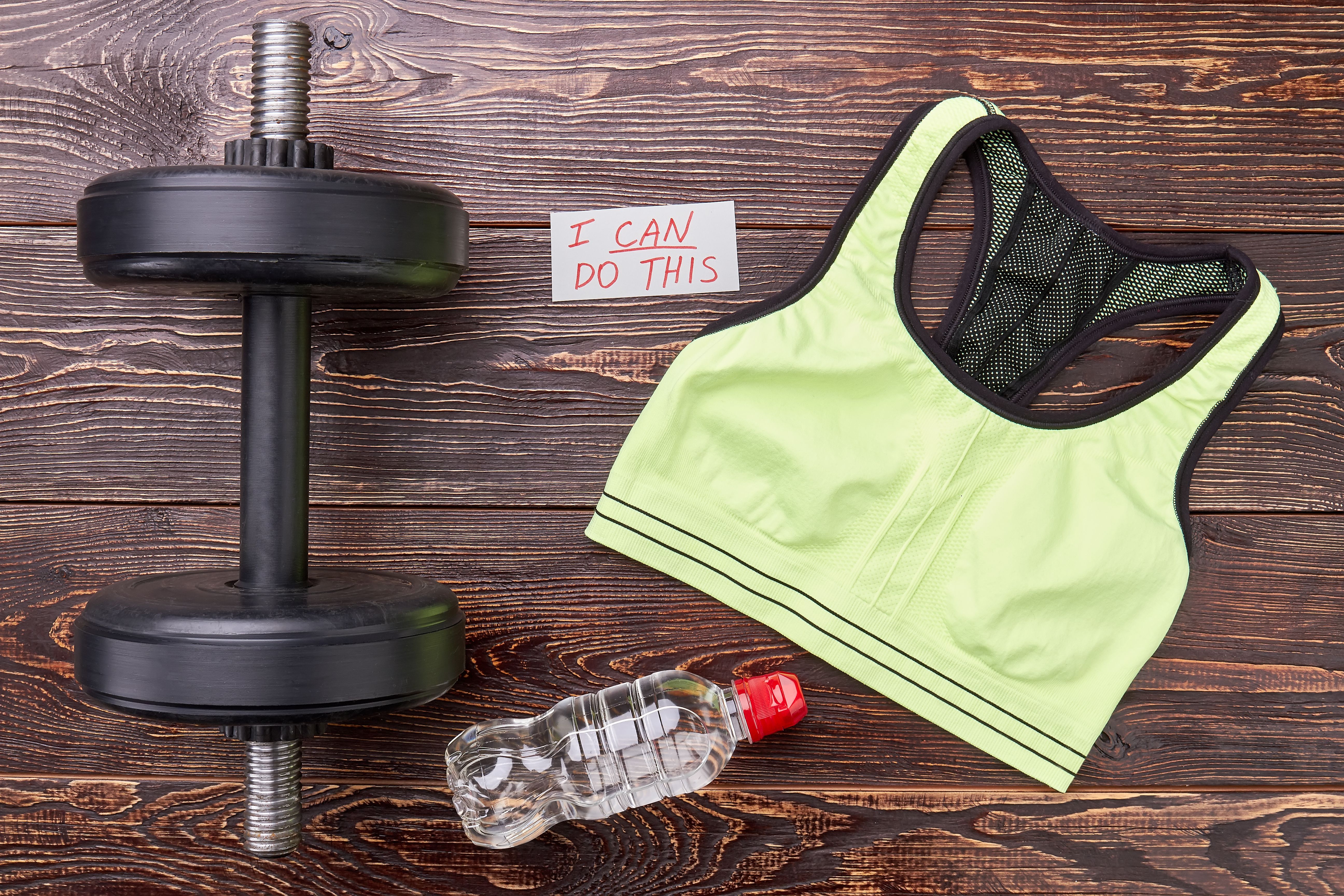Muscle Building 101: A Simple Yet Effective Guide


So here's the deal: gaining weight and building muscle may seem complicated, but it's actually pretty simple. It all comes down to these three things:
- Resistance Training
- Resistance training is what makes your muscles grow.
- Your workouts need to be challenging enough to stimulate growth and you should stick to them consistently over time.
- It's always a good idea to follow a structured routine created by a pro.
- You can find recommended routines here:
- Calorie in, Calorie Out
- You got to eat more calories than your body burns each day. This is important for both muscle growth and recovery.
- Use any TDEE (Total Daily Energy Expenditure) calculator to estimate your starting point, then make sure to eat more than that every day. Keep an eye on your weight to make sure it's going up.
- Protein
- To maximize muscle growth, aim for one of these daily protein targets:
- 160 grams per day
- 0.8-1.2 grams per pound of bodyweight, per day
- Try to spread your protein intake over 3-4 meals throughout the day.
- To maximize muscle growth, aim for one of these daily protein targets:
Resistance Training
The first step is to incorporate resistance training into your life. If you start eating more without giving your body a reason to build muscle, you'll just end up gaining fat.
There's a lot of debate on the internet about the best and most efficient muscle building routines. But the truth is, there are many ways to achieve your goals. Most of the sensible routines out there work well if you stick to them and give them time. And if you work hard and stay consistent, you can even make good progress with some of the most ridiculous routines, as demonstrated by "gym bros" everywhere.
While it doesn't really matter which routine you choose, it's still important to follow a structured plan. It's always better to rely on existing routines created by experienced professionals rather than trying to come up with something on your own. At best, you might come up with something equivalent, but more likely, you'll end up with something worse.
Nutrition
Calories In, Calories Out
Your body needs a certain amount of energy each day, called calories, to power everything you do. This is called your Total Daily Energy Expenditure, or TDEE. If you eat fewer calories than your TDEE, you'll lose weight. If you eat more calories than your TDEE, you'll gain weight.
Most diets work by manipulating your calorie balance. But there are two things that can go wrong:
- Underestimating your TDEE. It's easy to do this, but TDEE calculators aren't perfect. Treat them as estimates and don't get too hung up on what they say, especially if they conflict with what you see on the scale. Exercise calorie calculators are especially inaccurate.
- Overestimating your calorie intake. This is the most common mistake people make when trying to gain weight. It's easy to eyeball portion sizes or not track your calories at all. If you're not gaining weight, you need to start tracking everything you eat.
No matter what, the scale doesn't lie. If you're not gaining weight while eating at a surplus, it's because you're not actually eating in a surplus. Your body can't break the laws of physics and make energy disappear into thin air.
Protein
To get the best results, it's important to make sure you get enough protein each day to fuel the process of building muscle.
According to Jorn Trommelen, PhD, aiming for 160 grams of protein per day, spread across four meals, is recommended. Eric Helms suggests a range of 0.8-1.2 grams of protein per pound of bodyweight for building muscle. Starting with 120g-160g per day is a great place to begin for most purposes, and you can always add more if you want. Research has shown that the maximum amount beneficial for muscle growth is 0.82g/lb, but going above that won't pose any danger or be wasteful. Source
To build muscle, you need to eat enough protein each day. Aim for 120-160 grams of protein per day, or up to 0.82 grams of protein per pound of body weight.
Here are some tips for getting enough protein:
- Eat a variety of protein-rich foods throughout the day.
- Include a protein source at every meal.
- Add protein to snacks, such as nuts, seeds, and yogurt.
- If you're struggling to meet your protein needs, consider using a protein powder supplement.
💡 Key Tip: Remember, protein is just one part of the muscle-building equation. You also need to lift weights and eat a healthy diet.
In your journey to get swole, remember that there's nothing fancy about protein powders or mass gainers. Seriously, they're just powdered grub. Sure, whey protein may be more easily absorbed by your bod compared to other sources, but the real benefit of shakes is their sheer convenience – they're a breeze to whip up, take on the go, stash away, and chow down. That's all there is to it. They're just a handy tool to help you hit your protein or calorie goals. You don't really need them, and they're nothing out of the ordinary either.
Step By Step Guide
- Take your “before” measurements. These can be any measurements you want, but should at least include weight and photos of front, back, and side (in underwear is ideal). This is important for being able to compare your progress over time, since it can be hard to notice a difference when you look at yourself every day.
- Estimate your TDEE. Remember to treat this as an estimate only, and keep in mind the saying “No plan survives engagement with the enemy”. Expect to have to adjust this number based on changes on the scale. In particular, expect it to go higher as you gain weight.
- Set a daily calorie goal. The best place to start is by increasing your TDEE by 10-20% (TDEE x 1.1-1.2). You'll usually want to avoid going above 20% more than your TDEE. Going too far above your TDEE will lead to increased fat gain, and could make it very difficult to eat enough food without discomfort. Muscle builds very slowly, so don't think that more food always = more muscle.
- Set a daily protein goal. Aim for a bare minimum of 160g per day of protein, ideally spread across four meals. Up to 0.82g/lb per day has been shown to be beneficial for building muscle.
- Keep an eye on how many calories and protein you're consuming. Tools like MyFitnessPal can be super helpful for keeping track of your calorie intake. Make sure to track everything you eat and drink, including any extras or toppings. If you're already doing well with your eating habits, this might not be necessary, but if you're struggling to gain weight, it's worth considering adding this step.
- Keep track of your progress regularly. It's recommended to measure your weight once a day (or at least once a week), preferably without clothes and on an empty stomach. Don't worry about day-to-day fluctuations - focus on the overall trend over time. Taking monthly progress photos can also be helpful. Avoid using handheld or scale-based body fat percentage measurements as they are highly inaccurate and inconsistent.
- Gradually adjust your diet. As you gain weight, your Total Daily Energy Expenditure (TDEE) will increase as well. This means that your initial calorie goal will eventually no longer result in weight gain, so you'll need to adjust it upwards.
- 💡 Key tip: Be patient and don't expect quick progress. While you may gain weight relatively quickly, building actual muscle takes time. It's realistic to expect to gain around 2 pounds of muscle per month. Additionally, don't anticipate visual changes in the first month, and noticeable changes may not be visible until 2-3 months of consistent effort. Don't let this discourage you. Always remember, there are no shortcuts to becoming bigger and stronger.


